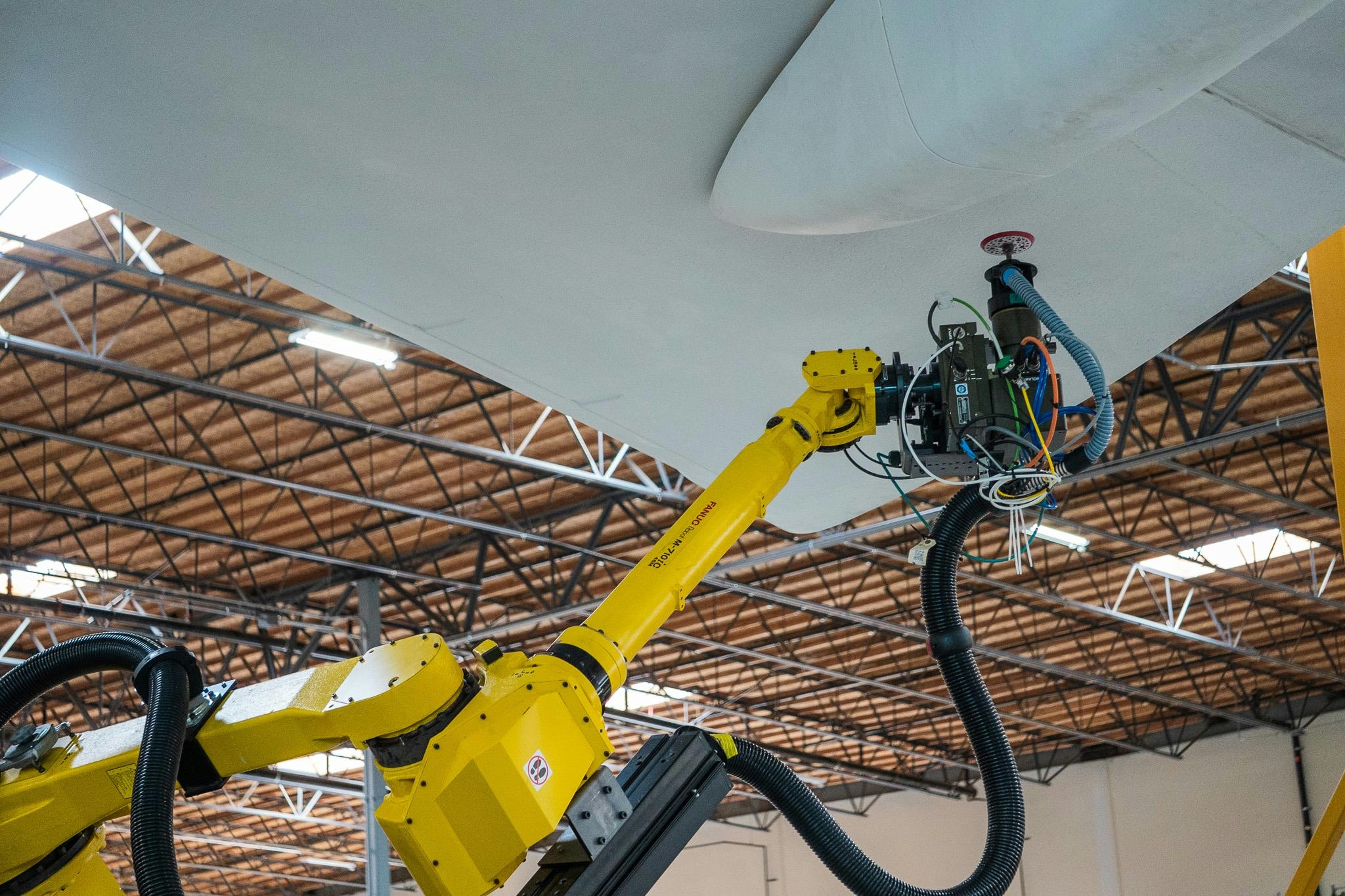
AeroGenie — Uw intelligente copiloot.
Trending
Categories
The Engineering Behind the Boeing 787 Dreamliner's Flexible Wings
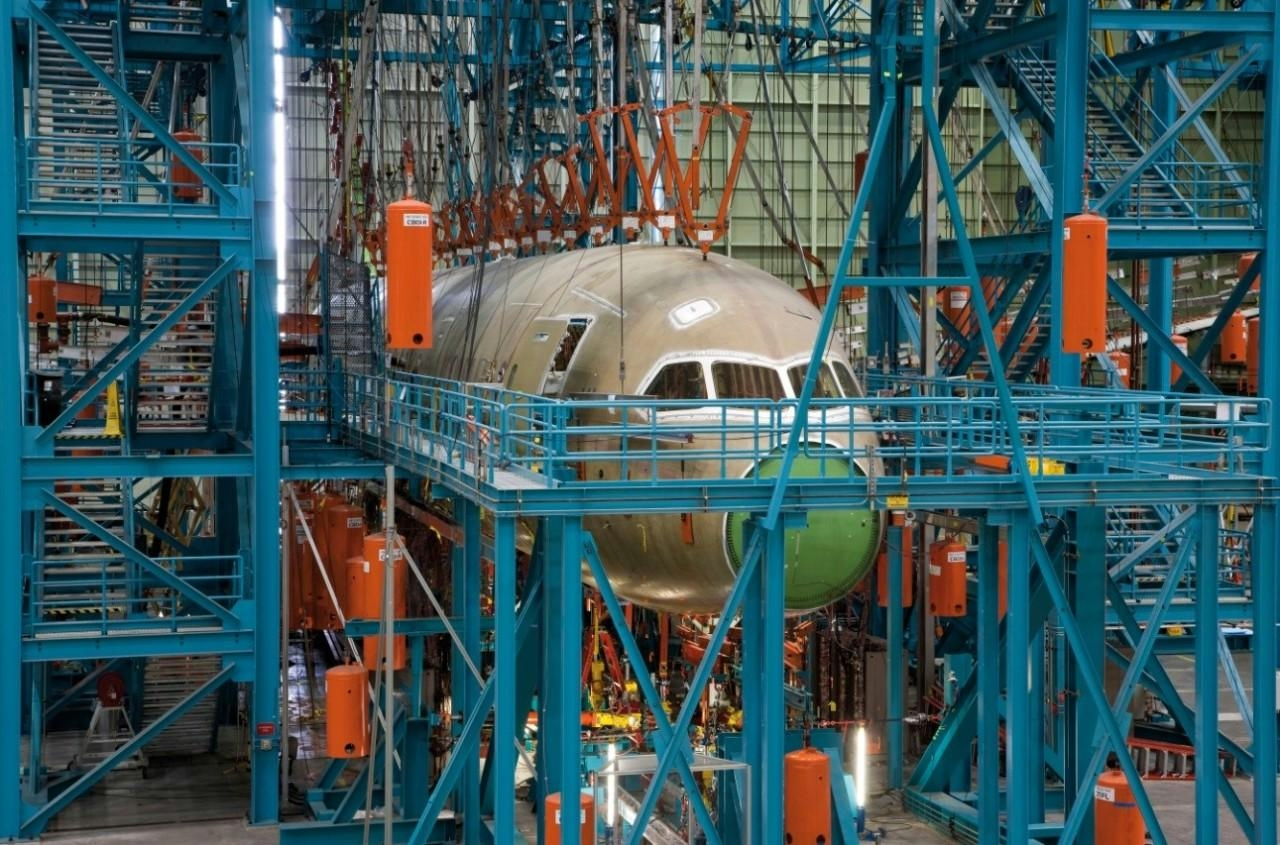
The Engineering Behind the Boeing 787 Dreamliner's Flexible Wings
The Boeing 787 Dreamliner has emerged as a flagship model within Boeing’s commercial aircraft portfolio, particularly as the 777X faces prolonged delays and the 737 MAX continues to contend with regulatory and public scrutiny. Renowned for its innovation and fuel efficiency, the Dreamliner’s most distinctive feature is its exceptionally flexible wings, capable of bending upwards by as much as 25 feet (7.62 meters). While wing flexibility is a standard characteristic in all aircraft, the degree of wingflex exhibited by the 787 is virtually unparalleled in commercial aviation.
Advanced Materials and Structural Design
This remarkable flexibility is a deliberate outcome of advances in materials science, aerodynamics, and structural engineering. The wings of the Dreamliner are primarily constructed from carbon fiber reinforced polymer (CFRP), a composite material that offers a superior strength-to-weight ratio and greater elasticity compared to traditional aluminum. This composition allows the wings to flex significantly under aerodynamic loads, which in turn enhances fuel efficiency, improves passenger comfort, and optimizes overall aircraft performance.
During certification testing, Boeing subjected the 787’s wings to 150% of their design limit load, a rigorous standard procedure to verify structural integrity. Under these conditions, the wings flexed upwards by 25 feet, a degree of bending far beyond what would be encountered in normal flight operations. In routine service, the wings typically bend by approximately 17 feet (5.2 meters). For context, the Airbus A350, which also employs composite wings, demonstrated a similar degree of flex during testing; however, the Dreamliner’s wings remain among the most flexible in the industry, even when compared to other composite aircraft.
Operational Impact and Industry Implications
The pronounced wingflex is most apparent during takeoff climbs and in turbulent conditions, providing a striking visual for passengers and aviation observers. While all modern airliners exhibit some wing flexibility, the 787’s design pushes these boundaries, largely due to its advanced composite construction. The use of CFRP not only reduces weight and increases strength relative to aluminum but also enhances durability, enabling the wings to withstand higher bending stresses over extended periods.
As the aviation industry’s expertise with composite materials has matured, such materials have become increasingly standard in new aircraft designs despite their higher production costs. Nevertheless, the Dreamliner’s innovative wing design has introduced challenges. The complexity involved in manufacturing large composite structures has contributed to production delays and introduced new maintenance considerations. Regulatory authorities have maintained close scrutiny over these novel materials and designs to ensure compliance with stringent safety standards.
Market responses to the Dreamliner’s wing technology have been mixed. Some investors have expressed concerns regarding production and delivery issues, while others remain focused on the aircraft’s operational efficiencies and long-term benefits. Competitors, notably Airbus, have responded by advancing their own composite technologies and wing designs, aiming to match or exceed the Dreamliner’s performance while addressing similar production and regulatory challenges.
The Boeing 787 Dreamliner’s flexible wings stand as a testament to the convergence of cutting-edge engineering and practical innovation, setting new benchmarks for efficiency and performance in commercial aviation, even as the industry continues to navigate the complexities introduced by such technological advancements.
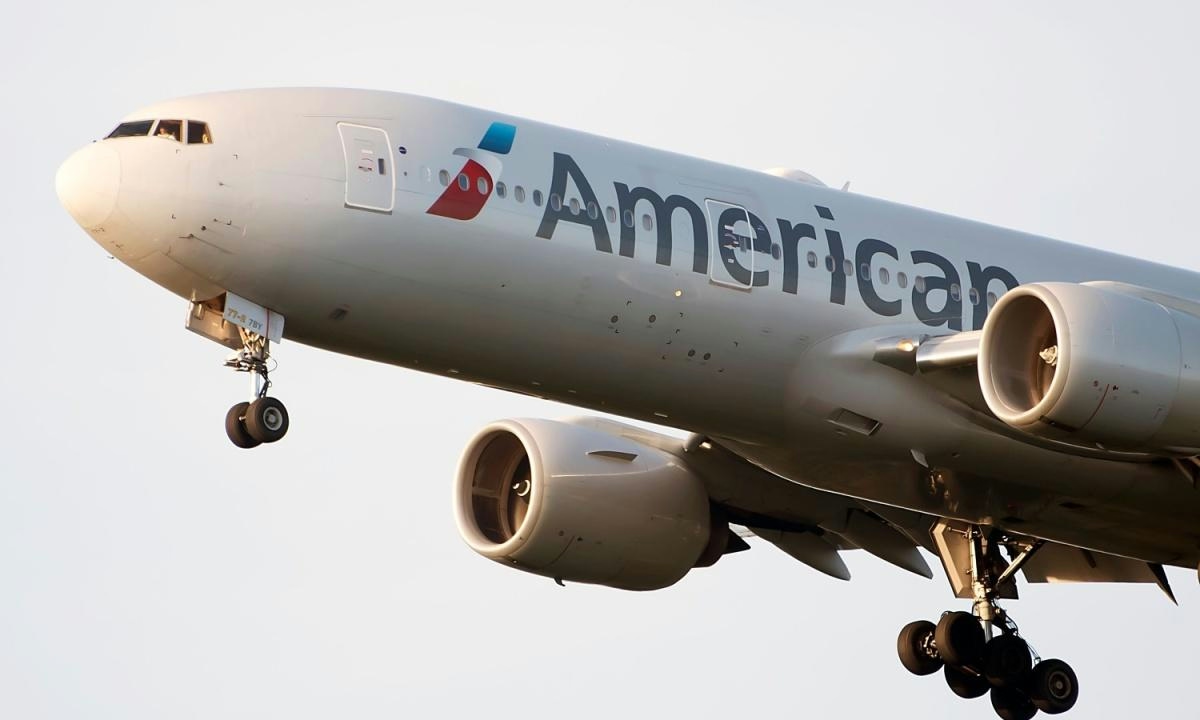
American Airlines’ Plans for Artificial Intelligence

FAA Issues Airworthiness Directive for GE90 Engines After Powder Metal Contamination Found

Boom Supersonic Uses Jet Engines to Power Off-Grid AI Data Center

Flying taxis could take off this year in Florida
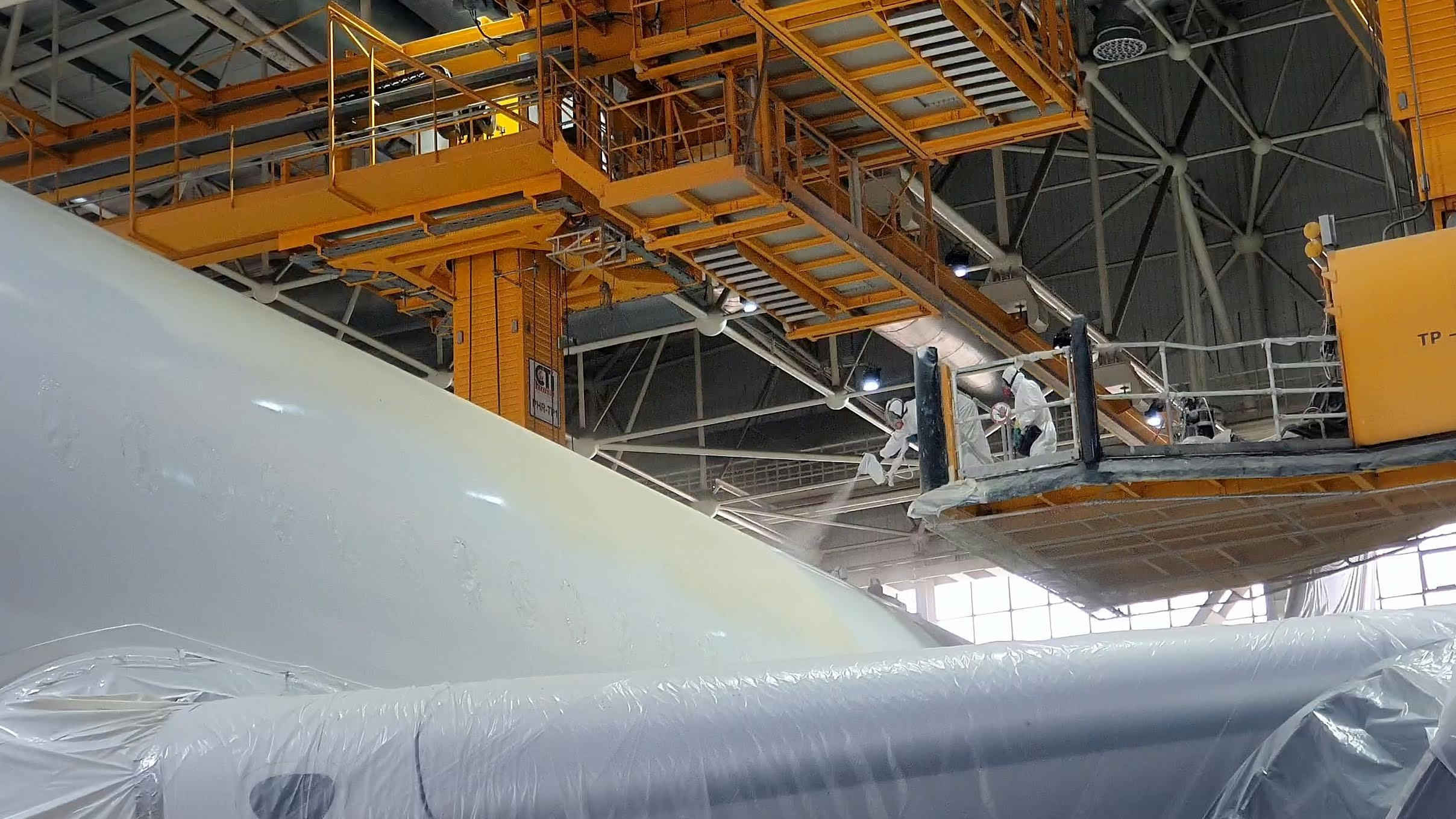
ASKY and TAAG Angola Airlines Establish In-House MRO Facilities to Support Fleet Expansion

Airbus to Release Audited 2025 Orders and Delivery Data on January 12
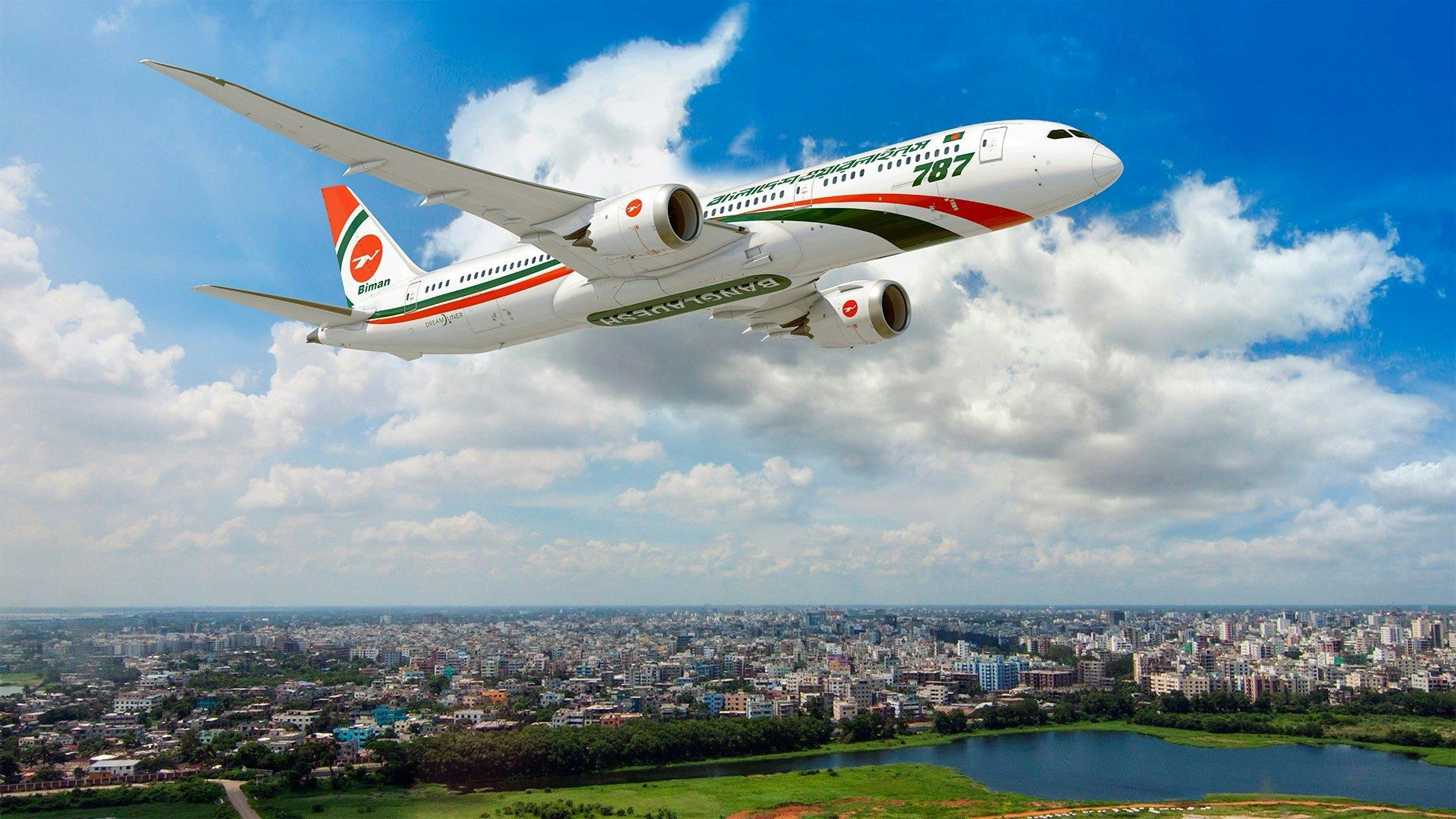
Biman Bangladesh Selects Boeing for New Aircraft Order

Amazon Cancels Italian Drone Delivery Plans Days Before Launch, Setback for U-space

Lufthansa Celebrates 100 Years of Aviation Innovation
